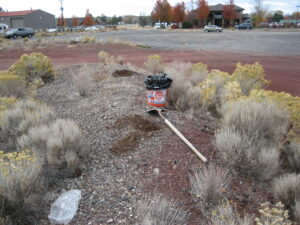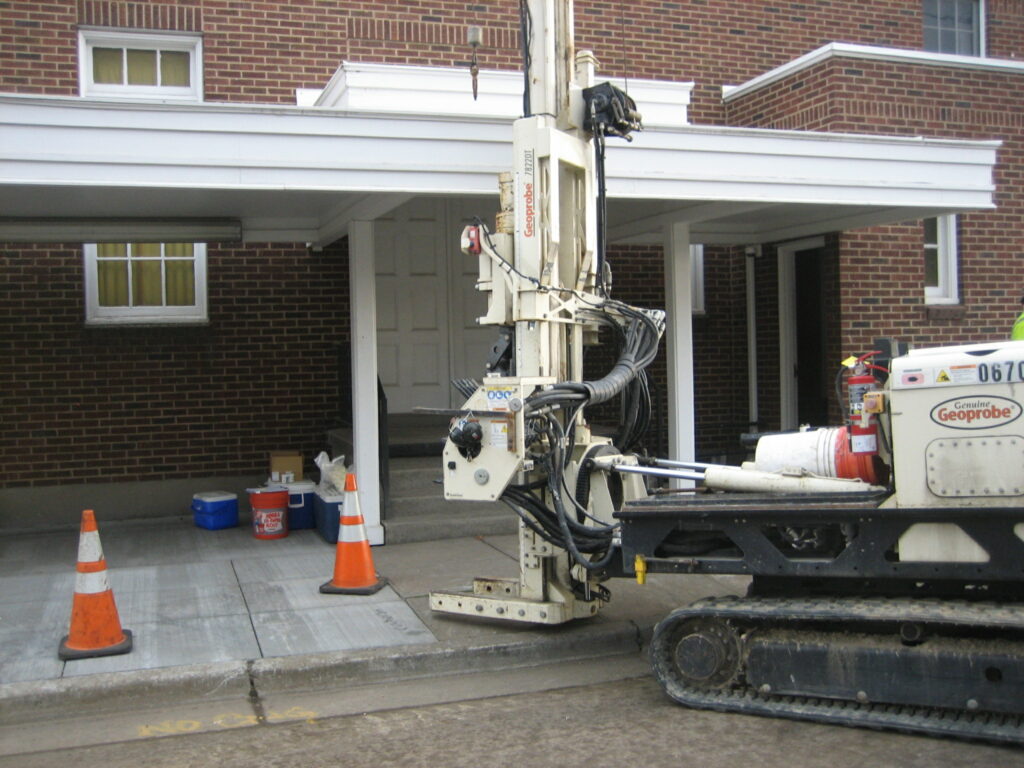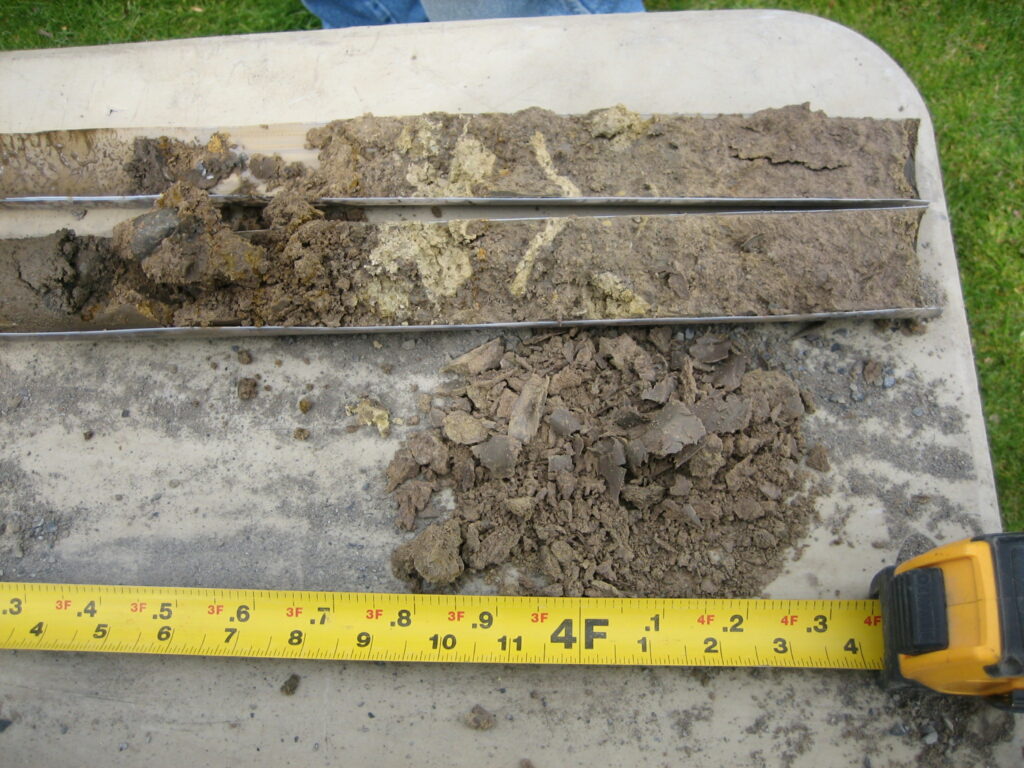
The phrase “Environmental Site Assessment” (ESA) can refer to anything from a cursory review of past site uses, to a formal Phase I ESA, to a focused suite of soil and/or groundwater sampling, to a custom project designed for your site. If any type of sampling occurs, the project may be referred to as a Phase II ESA. The purpose of an ESA is to determine whether petroleum products and/or hazardous materials have negatively impacted a site, or, to put it another way, is a site “clean enough”.
Phase I ESAs frequently occur prior to the purchase of a commercial piece of property, and should adhere to the procedures in the American Society for Testing and Materials’ (ASTM) Standard E-1527-21. Phase I ESAs generally exclude sampling. Sprecher Group currently offers review and critique of Phase I ESAs, as requested by a site owner or potential purchaser.
With the exception of our water rights work, nearly all of Sprecher Group’s projects are ESAs that involve some degree of soil sampling and/or groundwater sampling.
Oregon Department of Environmental Quality’s Risk-Based Decision Making (RBDM) guidance is available on DEQ’s website. Applying this guidance involves analyzing various exposure pathways related to a source (i.e., a released contaminant), and then comparing soil and/or groundwater sample analytical results with DEQ’s Risk Based Concentrations (RBCs; last updated by DEQ in June 2023) to identify whether the released contaminant poses a likely risk to human health. The RBDM process includes numerous types of contaminant releases, including petroleum products, volatile organics, metals, polychlorinated biphenyls (PCBs), pentachlorophenol (PCP), and many more. Sprecher Group has authored numerous Risk-Based Assessment Reports since our inception.



